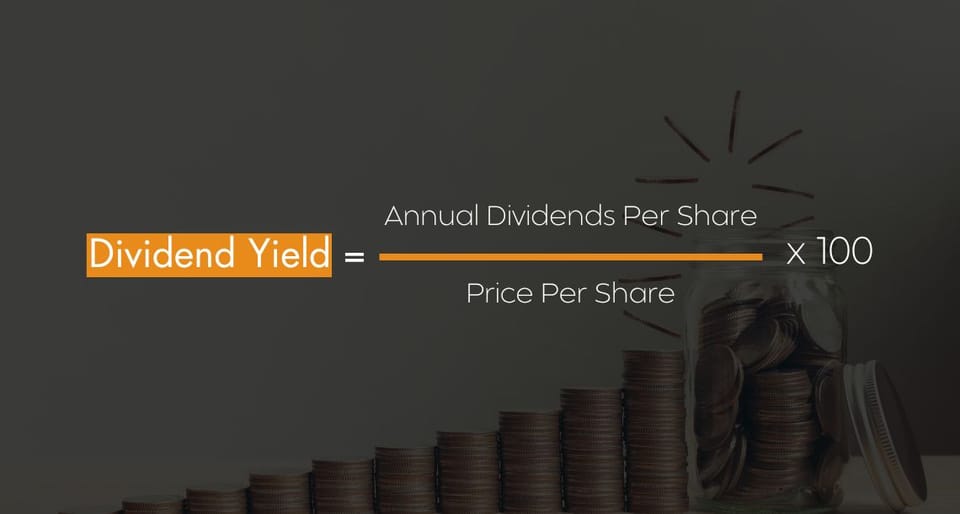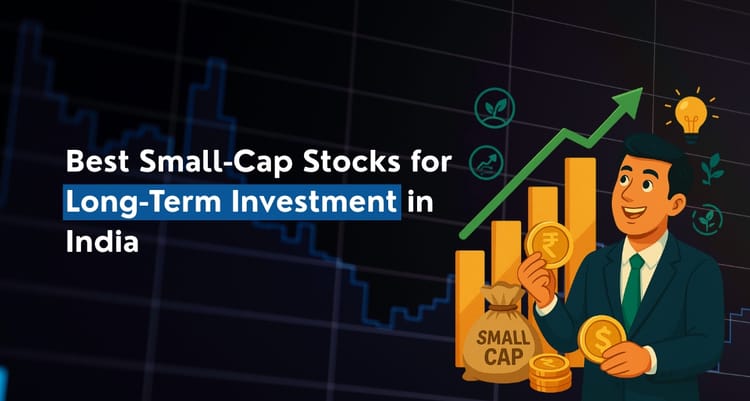How Dividend Yield Reflects Stock Performance and Income

Dividend yield is a financial ratio that measures how much a company pays out in dividends each year relative to its stock price. This metric is particularly significant for income-focused investors as it provides a clear indication of the potential income return on an investment in a stock, irrespective of market volatility.
Significance of Dividend Yield
- Income Indicator: A high dividend yield can indicate a lucrative income stream from dividends relative to the stock price, appealing particularly to those seeking regular income from their investments.
- Stock Performance Insight: While a higher yield might be attractive, it could also signal that the stock price has fallen due to underlying issues within the company. Conversely, a low dividend yield could indicate a rising stock price or a company that retains more of its earnings for growth.
- Market Sentiment: Changes in dividend yield can reflect shifts in market sentiment towards a company. An increasing yield may attract income investors, while a decreasing yield could deter them.
Dividend Yield in Evaluating Investments
Dividend yield should be considered in the context of the company’s dividend history, payout ratio, and the stability of dividends. A company with a consistently high payout ratio and stable dividend payments can be a reliable source of income.
Limitations of Dividend Yield
- Not a Standalone Metric: Dividend yield doesn’t account for stock price appreciation, which can be a significant part of total returns.
- Economic Impacts: External economic factors such as interest rate changes can influence dividend yields. Higher interest rates, for instance, may make bonds more appealing than high-dividend stocks.
- Company Fundamentals: A high yield does not necessarily indicate a good investment. It’s essential to assess the company’s overall financial health to ensure that it can sustain its dividend payments.
Dividend yield is a critical metric for assessing both the income-generating ability and the potential risk associated with investing in a stock. While it can provide valuable insights, investors should use it in conjunction with other financial analyses to get a comprehensive view of an investment's potential. This approach ensures a balanced perspective on both the income and growth prospects of a stock.
FAQs
Q1: What is considered a good dividend yield?
A1: The definition of a "good" dividend yield varies by industry and economic climate, but typically, a yield between 3% and 6% is considered attractive while also suggesting stability.
Q2: Can dividend yield be too high?
A2: Yes, an excessively high yield can be a red flag, potentially indicating a troubled company whose stock price has fallen significantly, thus inflating the yield.
Q3: Is a higher dividend yield always better?
A3: Not necessarily. A higher yield is better for income if sustainable, but the reasons behind a high yield—like a declining stock price—need to be understood.
Q4: How does dividend yield affect total return?
A4: Dividend yield can significantly contribute to the total return, especially in stable markets where stock price gains are modest.
Q5: Should I reinvest dividends or take the cash?
A5: This depends on your investment goals. Reinvesting dividends can lead to compounding returns over time, while taking the cash provides immediate income.






Member discussion